I first learned about amla powder when I read Dr. Michael Greger‘s book How Not to Die: Discover the Foods Scientifically Proven to Prevent and Reverse Disease. On page 363 he writes:
“The most antioxidant-packed uncommon spice (common being cinnamon, ginger, cloves, peppermint, etc.) is amla which is powdered dried Indian gooseberry fruit and used typically in Ayurvedic herbal preparations. I eat it because it’s apparently – according to scientific studies – the single most antioxidant-packed green-light (ie: beneficial unprocessed plants to eat often) food on Earth.
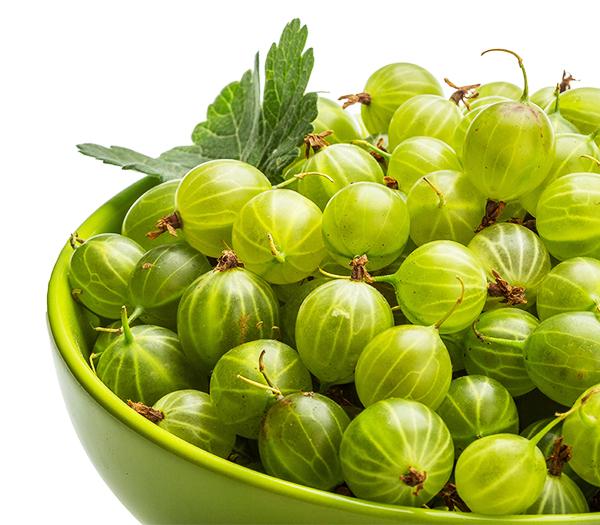
While a typical Standard American/Western Diet breakfast (of eggs, bacon, milk, or a bagel with cream cheese) may give you only about 25 antioxidant units, my breakfast smoothie (of blueberries, mango, flaxseeds, fresh mint leaves, white tea leaves – offered more than 500. A single teaspoon of amla added an additional 753 units! That’s about four cent’s worth of amla and it just doubled the antioxidant content of my entire smoothie.“
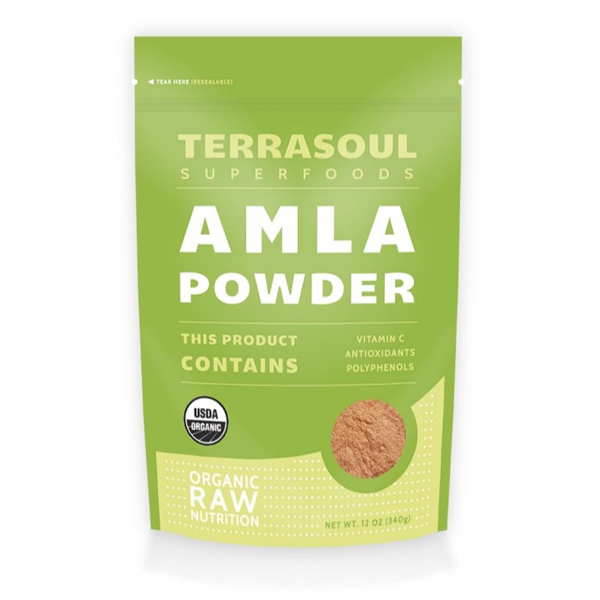
Terrasoul brand of amla powder is the only brand I’ve ever used. I chose it because the powder is raw, not cooked, and it’s grown according to organic standards. I’m sure there are several reputable brands on the market and I’m not sure which brand Dr. Greger uses.
Why are antioxidants important components of a healthful diet?
Antioxidants are compounds that inhibit oxidation. Oxidation is a chemical reaction that can produce free radicals (pro-oxidants), thereby leading to chain reactions that may damage the cells of organisms. Antioxidants terminate these chain reactions by donating an electron to a free radical without making themselves unstable.

Oxidation is a natural process of being alive (aerobic cellular metabolism) however what we eat and how we live can influence the long-term. cumulative impacts of oxidation. Slowing down oxidation can slow down the impacts of aging and the development of certain disease. The toxicity of free radicals can contribute to body protein, fatty tissue, and DNA injury, inflammation, tissue damage, and cellular death.
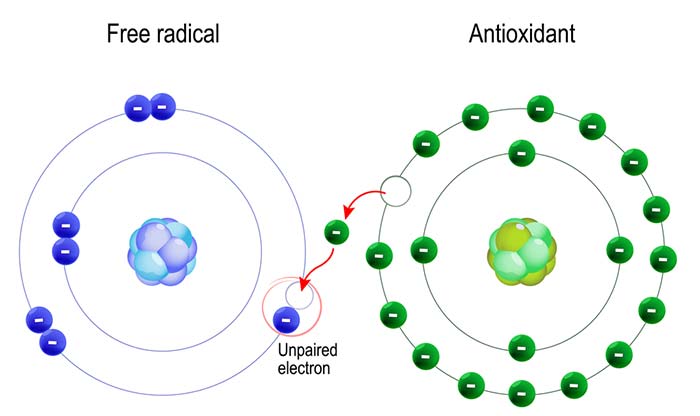
Choices & situations that increase oxidation and free-radical production are:
• consuming too much of the wrong foods including refined carbohydrates (sugar, flour, alcohol), blackened/charbroiled food, rancid/overheated omega-6 polyunsaturated fatty acids like canola, soybean, peanut, and safflower oil,
• consuming too much isolated iron, magnesium, copper, zinc, vitamin C, vitamin E,
• too little or too much oxygen in the body,
• exercising too little or too much. The sweet spot is between 30 and 60 minutes per day of purposeful activity,
• antioxidant deficiency,
• exposure to air pollution including tobacco smoke and ozone,
• too much mental and physical stress and lack of adequate sleep,
• exposure to radiation such as the sun, x-rays, radon, cellphone, WiFi, and electric blankets,
• exposure to plastics, toxic cleaning agents, mold, pesticides, herbicides, and insecticides, and,
• chronic infections (bacteria, fungi, or virus).
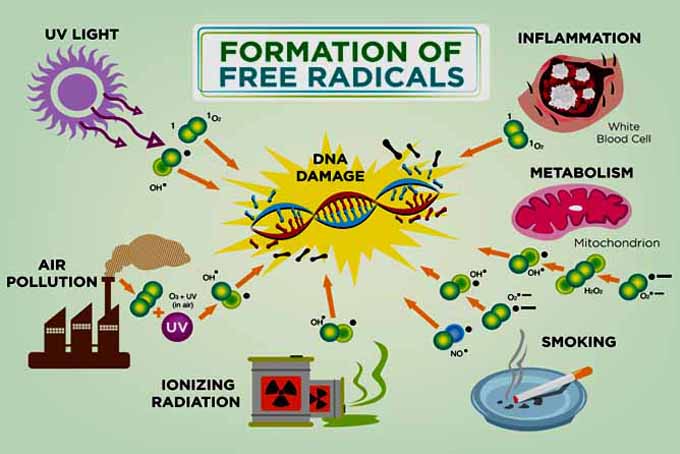
Oxidative stress (when there is an imbalance between free radical activity and antioxidant activity) can lead to oxidative damage and chronic diseases such as:
• diabetes,
• atherosclerosis (hardening of blood vessel walls),
• inflammation,
• high blood pressure/hypertension,
• heart disease,
• neurodegenerative diseases such as Parkinson’s and Alzheimer’s,
• cancer,
• rapid aging, or
• cataracts.
The goal is to reduce free-radical production (oxidation, oxidative stress, and oxidative damage) and increase antioxidant consumption through whole plant foods (including herbs) rich in antioxidants and pure, clean water and air, both which bring more oxygen into the body.
But you don’t want to get too aggressive and try to eliminate all free-radicals because they are employed by certain types of white blood cells to kill unwanted infectious agents.
The best antioxidants are found in whole plant foods high in vitamins A, C, and E, selenium, quercetin and other flavonoids, and glutathione.
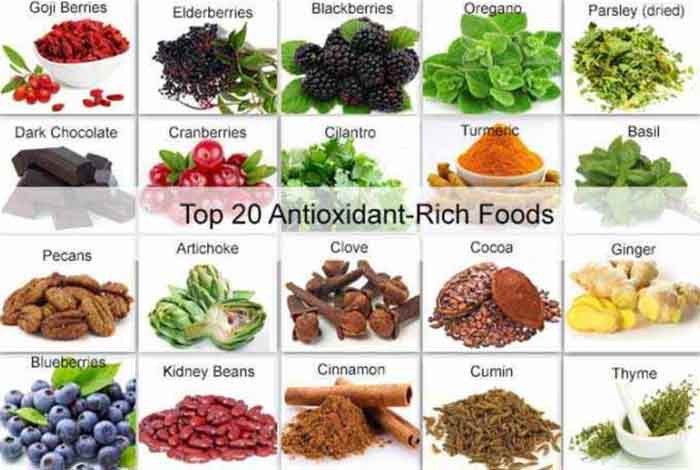
Additional foods high in antioxidants not pictured above are cherries, citrus, prunes, all dark leafy greens, all cruciferous vegetables, carrots, tomatoes, olives, extra virgin olive oil, most nuts, green tea, whole grains, peppers, apples, grapes, onion, coffee, and garlic.
As with most sensible health advice, getting antioxidants in whole plant foods is preferable to supplementation for efficacy and safety. Dr. Greger writes that whole gooseberries can usually be found in the frozen section of Indian grocery stores however he finds them “astringent, sour, bitter, and fibrous all that the same time.” So he prefers amla powder so that the taste can easily be incorporated into and disguised by a delicious smoothie.
My favorite way to use amla powder is in a LeafSide smoothie. The morning that I wrote this blog post, I enjoyed the Berry Boost smoothie with added frozen pineapple and a teaspoon of amla powder.
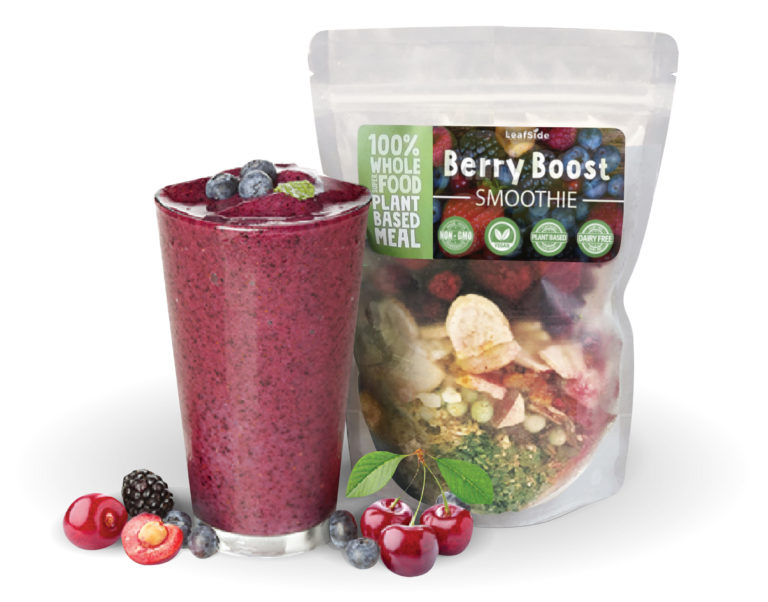
This healthy deep-red smoothie is packed full with nature’s powerhouses of nutrition, berries! The Berry Boost has a triple blend of potent organic cherries, blackberries, and wild blueberries, along with organic beets and greens for an amazingly tasty, health-strong meal.
Here is the full ingredient list for the LeafSide Berry Boost smoothie: organic cherries, organic blackberries, organic wild blueberries, banana, organic oats, organic kale, organic spinach, organic broccoli, organic beets, organic walnuts, organic lemon, organic brazil nut, organic flaxseeds, organic black beans, sweet potato, organic peas, organic turmeric, organic black pepper, organic mustard seed, B12.
This smoothie is loaded with foods naturally high in antioxidants and with the added raw amla powder, it’s off the charts! In less than 10 minutes for less than 10 dollars, I have positively impacted so many aspects of healthful eating and living.
I’d enjoying learning different ways you have incorporated amla (fresh or powdered) into your diet. Share your tips and experiences in the comment section below for everyone’s benefit.

{ 4 comments… read them below or add one }
Thanks for the new smoothie recipe! Can you clarify your previous advice on not adding fats to smoothies, as this recipe includes seeds.
Hi Jim! You’re referring to my Dangerous Smoothies blog post. The walnuts, brazil nut, and flaxseeds do add a bit of fat but nothing compared to adding avocado, coconut oil, and/or nuts or nut butter as many people commonly do. (The total fat for the Berry Boost smoothie is 12 grams. For comparison, one tablespoon of peanut butter has 8 grams of fat, half an avocado and one tablespoon of coconut oil each have about 14 grams of fat.) The person who prompted my writing of the Dangerous Smoothies blog post was adding nuts, avocado, and coconut oil all in the same smoothie along with fruit which made it a very high fat (perhaps 30 grams!) and fruit blended meal which caused her to gain weight.
If someone is trying to lose weight or severely restrict fat intake, it might be best to skip the LeafSide meals and make a homemade smoothie from scratch with no high-fat ingredients like nuts or seeds.
I would like to buy amla powder are you selling it I got his book too
No I do not sell amla powder. Please check with your local health food store or search online at one of your preferred retailers.